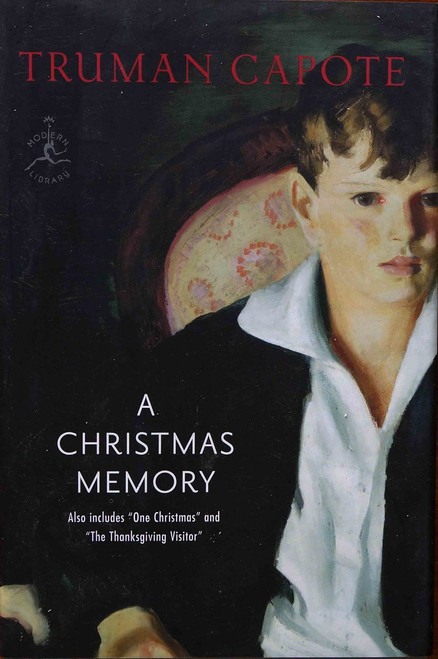Americans who complain about the modern-day commercialization of Christmas may be surprised to discover that dissatisfaction with the way the holiday has been observed is by no means a new phenomenon. In 1659 the Massachusetts General Court declared the celebration of Christmas to be a criminal offense. What the Puritans were trying to suppress was a season of excess rooted in the ancient agricultural cycle – rowdy public displays of eating and drinking, mockery of established authority, aggressive begging, and boisterous invasions of the homes of the wealthy. In The Battle for Christmas, Stephen Nissenbaum shows how in the early nineteenth century, with the growth of cities, these Christmas-season carnival revels became even more threatening as they turned into gang violence and even riots.
Attempting to get Christmas out of the streets, a group of New Yorkers – Washington Irving among them – led a movement to transform it into a new style of celebration that would take place within the secure confines of the family circle, and be concerned especially with the happiness of children. We learn how two classic texts helped refashion the holiday: Clement Clarke Moore's "A Visit from St. Nicholas" and Charles Dickens's A Christmas Carol. And we are shown the child-centered Christmas epitomized by the family gatherings and gift-exchanges of the Sedgwick family in nineteenth-century Massachusetts and New York.
Nissenbaum demonstrates that this new domestic Christmas had from the very beginning a commercial character – that it was an active force in bringing about the modern consumer revolution – and that the “Christmas tree” was introduced into American culture to counteract the materialism that had become a concern even before the middle of the nineteenth century.
The Battle of Christmas also explores the not-always-proud history of Christmas charity, and the story of Christmas among the slave community in the antebellum South--a celebration reminiscent of the carnival tradition. Throughout Nissenbaum looks at what America’s way of celebrating Christmas over the years reveals about the broad forces transforming our culture. And he shows us as well how it has been both an instrument and a mirror of social change in America.
Editorial Reviews
"Christmas in America hasn't always been the benevolent, family-centered holiday we idealize. The Puritans of the Massachusetts Bay Colony so feared the day's association with pagan winter solstice revels, replete with public drunkenness, licentiousness and violence, that they banned Christmas celebrations. In this ever-surprising work, Nissenbaum (Sex, Diet, and Debility in Jacksonian America), a professor of history at the University of Massachusetts, conducts a vivid historical tour of the holiday's social evolution. Nissenbaum maintains that not until the 1820s in New York City, among the mercantile Episcopalian Knickerbockers, was Christmas as we know it celebrated. Before Washington Irving and Clement Clarke Moore ("A Visit from St. Nicholas") popularized the genteel version, he explains, the holiday was more of a raucous festival and included demands for tribute from the wealthy by roaming bands of lower-class extortionists. Peppering his insights with analysis of period literature, art and journalism, Nissenbaum constructs his theory. Taming Christmas, he contends, was a way to contain the chaos of social dislocation in a developing consumer-capitalist culture. Later, under the influence of Unitarian writers, the Christmas season became a living object lesson in familial stability and charity, centering on the ideals of bourgeois childhood. From colonial New England, through 18th- and 19th-century New York's and Philadelphia's urban Yuletide contributions, to Christmas traditions in the antebellum South, Nissenbaum's excursion is fascinating, and will startle even those who thought they knew all there was to know about Christmas. Illustrations." —Publishers Weekly
"Christmas...too often fails to wholly satisfy the spirit or the senses. How and why the yuletide came to this is the subject of historian Stephen Nissenbaum's fascinating new study." —Newsweek
About the Author
Stephen Nissenbaum received his A.B. from Harvard College in 1961, his M.A. from Columbia University in 1963, and his Ph.D. from the University of Wisconsin in 1968. He has taught at the University of Massachusetts, Amherst since 1968, and is currently professor of history there. He has been the recipient of fellowships from the National Endowment for the Humanities, the American Council of Learned Societies, the American Antiquarian Society, the Massachusetts Historical Society, and the Charles Warren Center at Harvard. In addition, he was James P. Harrison Professor of History at the College of William and Mary, 1989-90. Active in the public humanities, he has served as member and president of the Massachusetts Foundation for the Humanities, and as historical advisor for several film productions. The Battle for Christmas was a Pulitzer Prize finalist in History in 1997.







